In the last three decades, the stock photography industry has undergone radical shifts. In the 1960s, advertisers and designers generally classed stock images as generic and artificial—but as today’s creatives will tell you, the field has experienced an about-face.
In the 1960s and 70s, Graphic Design USA rejected stock photo ads—however, according to their 33rd Annual Stock Visual Survey, today’s graphic designers find them essential. In fact, the magazine has noticed “absolutely soaring levels” of stock photography use in recent years, with over 90% of designers using stock visuals in their work and more than 50% using over 100 stock images per year.
These days, commercial stock photographers follow trends, but they’re also trendsetters in the most fundamental sense. They create the images we consume every day, and they inform our decisions about which brands and companies we support.
Stock photography influences how we view ourselves, our society, and our world—and it has a key role to play in shaping and defining how we see the future. Here are six key attributes and elements that we expect to see in 500px commercial Licensing going into 2020.
Real-life moments
The days of women laughing alone with salad are long gone. Today’s buyers prefer more relatable, authentic photography. Generic, staged images have been replaced by more documentary/lifestyle photos with a human touch.
Model casting no longer needs to come from agencies, but can be sourced from the comfort of your own personal connections to help fuel the authenticity of your shots. Pictures that show connections, warmth, and real-world interactions resonate more with image-buyers—and their customers.
A recent survey from Stackla revealed that 90% of consumers across the US, UK, and Australia say authenticity is important to them when deciding what brands they prefer—but 51% believe that less than half of brands create content that feels authentic. As companies continue to strive for realistic, genuine interactions with customers, the demand for real-life moments will persist.
These days, commercial stock photo models don’t always come from an agency; you can rely on your own personal connections and contacts when planning your photoshoots, leading to a warmer, more comfortable atmosphere on set. Cast real people and families, and focus on capturing genuine relationships—just make sure everyone signs a model release in advance. Tie in some first-person perspectives as well for an immersive, inclusive experience.
Diverse storytelling
In September of 2019, a study by Deloitte’s Heat agency confirmed that that diversity in advertising can increase a brand’s public perception and their “bottom line”—but we still aren’t where we should be in terms of representation.
When we discuss diversity, we’re touching on gender and ethnicity, but we’re also talking about including people of all physical abilities, ages, sexual orientations, body types, nationalities, socio-economic status, religion, and more. Diversity isn’t only about ethnicity; it represents inclusiveness of all people and of all abilities and body types.
In the last five years, major stock photo agencies around the world have initiated a significant push for more diverse images. For example, the Lean In Collection (2014) and Project #ShowUs (2019), two initiatives by Getty Images, have promoted inclusivity and empowerment in stock photos of female-identifying and non-binary people.
As per the 2019 Annual Stock Visual Survey, images with a “multicultural” element continue to grow in popularity, and graphic designers have been pleased to find that photo agencies have made progress in representing more diversity.
Heading into 2020, it will be more important than ever for images to feature diversity at home and work. Diversity on its own will also not be enough going forward—in addition to including people of different ethnicities, gender identities, ages, sizes, abilities, etc., they must be portrayed in ways that are truthful and empowering.
No more feeding into harmful stereotypes. That means digging deep and documenting people in their everyday lives and relationships—not just photographing them against an isolated studio background.
Social responsibility
Human rights and environmental sustainability will dominate conversations in 2020, and, in turn, those discussions will reshape visual culture. More consumers are relying on their values and beliefs when choosing what to buy, and it’s more important than ever that brands take a meaningful stance. According to one 2018 study by Edelman, for example, 60% of consumers say they want brands to make it easier to know where they stand on important issues.
As we continue to fight for human rights and against climate change, buyers will seek out images that address these topics. From plastic-free lifestyles and carbon-neutral footprints to marches and protests, we expect to see more stock photos that illuminate the topics we hold most dear.
A sense of place
In an increasingly globalized world, we crave images that capture the unique history and heritage of our towns and cities. Generic and general images still have their place, but there’s an increased demand for localized photos. In 2020, we will see more Licensing Contributors tapping into their local communities—and documenting those they encounter on their travels abroad.
Photographers of all genres can capitalize on this trend by paying attention to the details and providing a sense of place. Look for native foods and plants, and explore local haunts and hangout spots. Holidays look different in different parts of the world, and many destinations have their own unique festivals and events. Think about what makes your hometown special, and capture it in your photos. When you travel to a new place, incorporate its flavors or signature wardrobe pieces into your shots.
Image-buyers often filter their searches by location, so remember to include that information in your geotags and keywords. Ask yourself if your photos capture the essence and atmosphere of the place itself; if not, think about including some details (props, recipes, landmarks, etc.) that hint at your location.
Limitless creativity
Creativity in advertising matters. One study from a 2013 issue of the Harvard Business Review revealed that traits like artistic value and originality can make campaigns more effective; as its authors wrote, “A euro invested in a highly creative ad campaign had nearly double the sales impact of a euro spent on a non-creative campaign.”
Stock photography is governed, at least in part, by demand; instead of following a specific client brief, Licensing Contributors create content that can be used in a variety of situations for any number of industries. Years ago, that kind of demand might have fostered predictability and homogeneity, but in 2020, brands value creativity more than they ever have. They want stock photography that deviates from the norm, breaks cliches, and surprises and delights the eye.
Creativity in stock photography can take a few different forms; sometimes, it means an unconventional color palette, and other times, it can mean an unusual composition. On 500px, Licensing Contributors can express their creativity by addressing familiar subjects in new and innovative ways. 500px Ambassador Renat Renee Ell incorporates a fine art sensibility into her portraiture, while Dina Belenko puts a conceptual twist on food photography.
Uncompromising quality
When we speak with stock photographers about the evolution of the industry, we notice a recurring theme: the focus on quantity has been replaced by a commitment to quality. It’s still important to have a large and diverse portfolio, but Licensing has also gotten more selective—especially since hundreds of thousands of artists have joined the industry.
Submit work that shows off your creative and technical skills, and think like a curator or a buyer for a major brand or client. Seek feedback from other artists, and challenge yourself to improve and grow. Evaluate your photos with an objective eye, analyzing colors and composition and technical elements like focus and exposure. Keep your Licensing portfolio updated with your best images.
Learn about what kinds of images perform well on 500px by browsing Galleries and Editor’s Choice under the Discover panel, and think about how you can put your own spin on popular themes.
Look for gaps and ways to expand upon existing content. For example, there are millions of stunning landscape photos available, but today’s Contributors can stand out and attract customers by including models in the distance and adding an extra layer of meaning.
Going into 2020, set aside some time to shoot specifically for your commercial stock photography portfolio, and do so with the intention of capturing images that incorporate and reimagine the trends and evolutions we’ve discussed here.
Not on 500px yet? Click here to learn about Licensing with 500px.











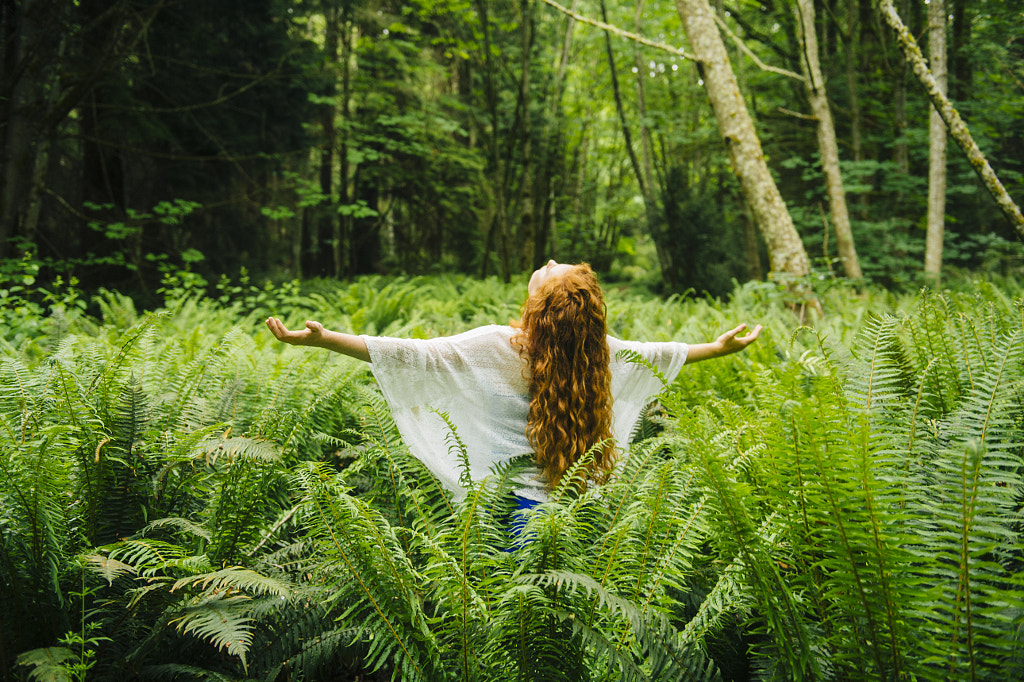
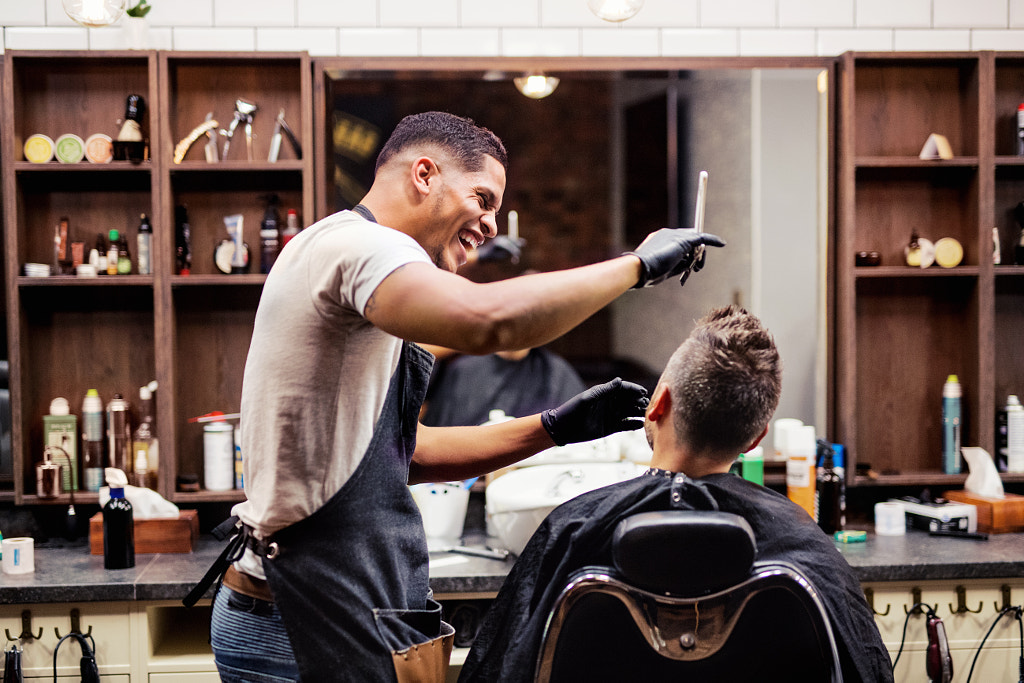


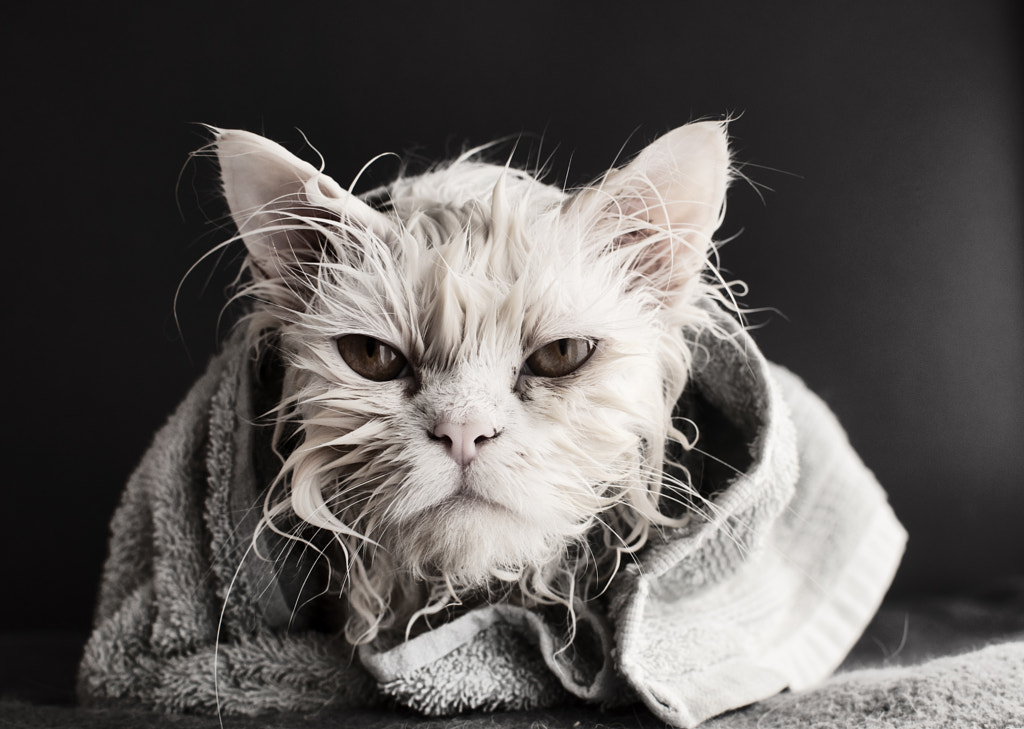


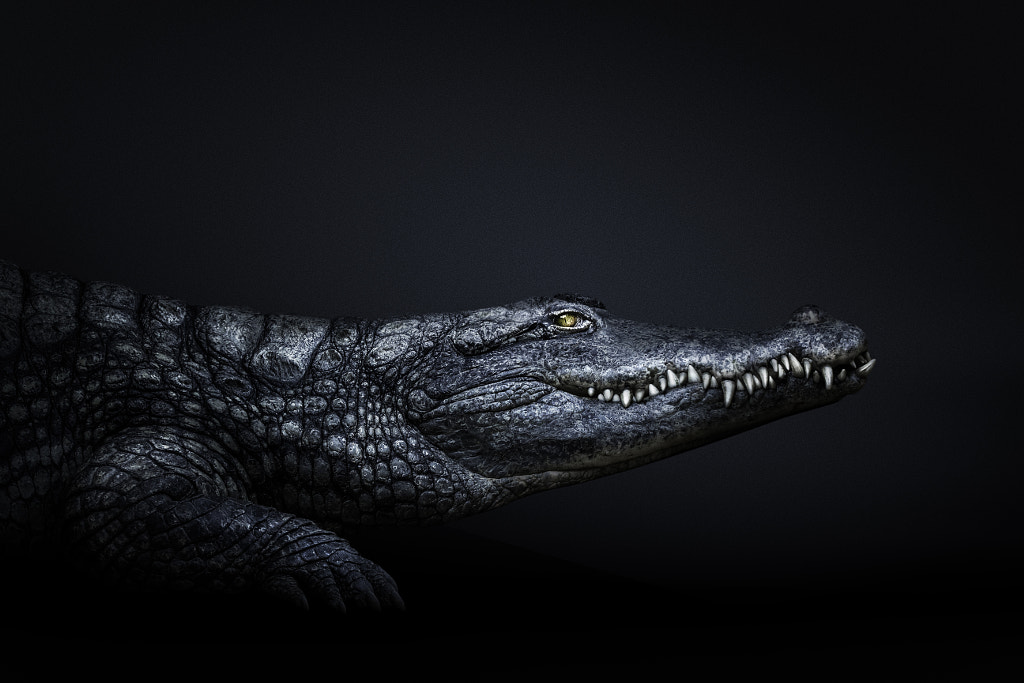
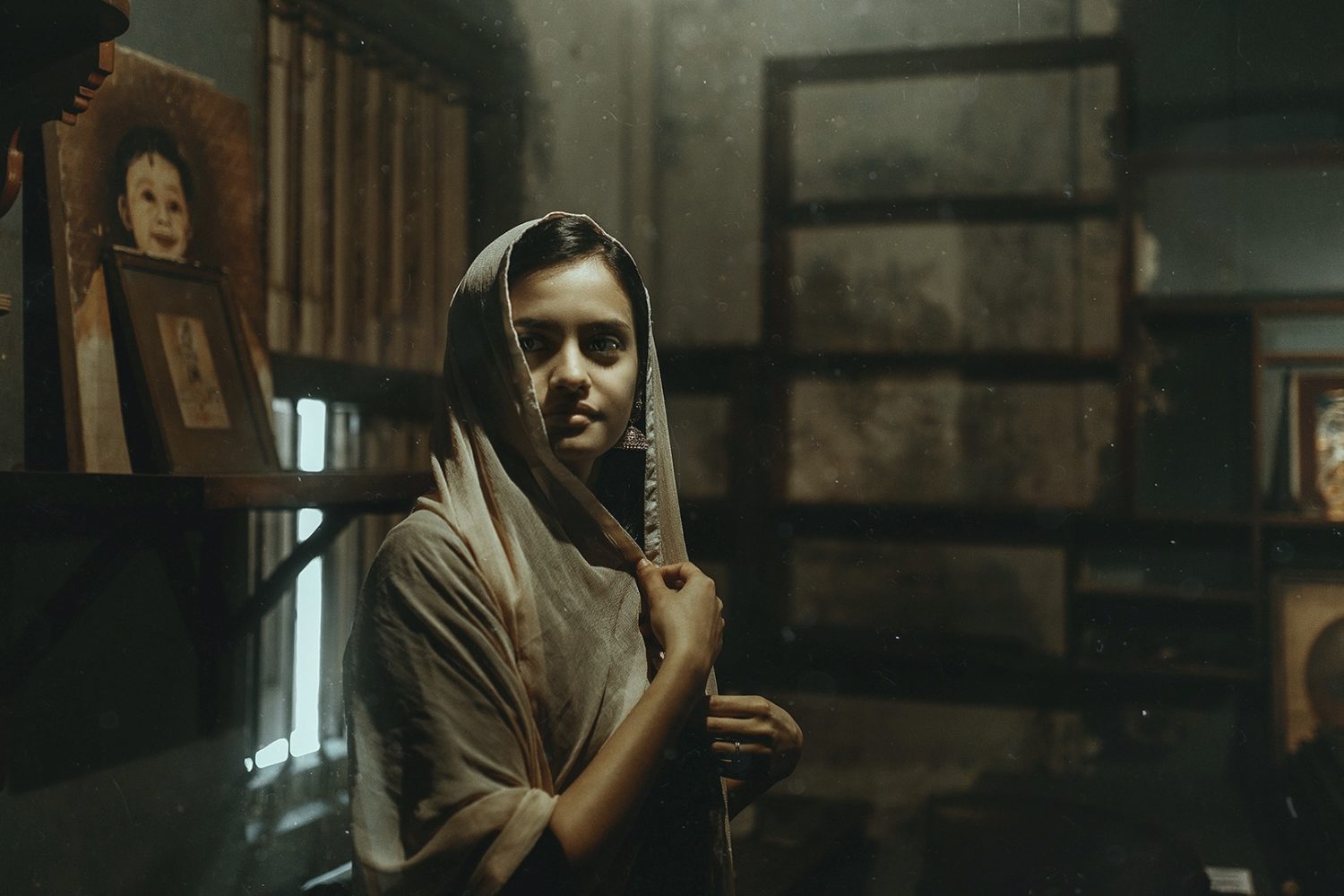


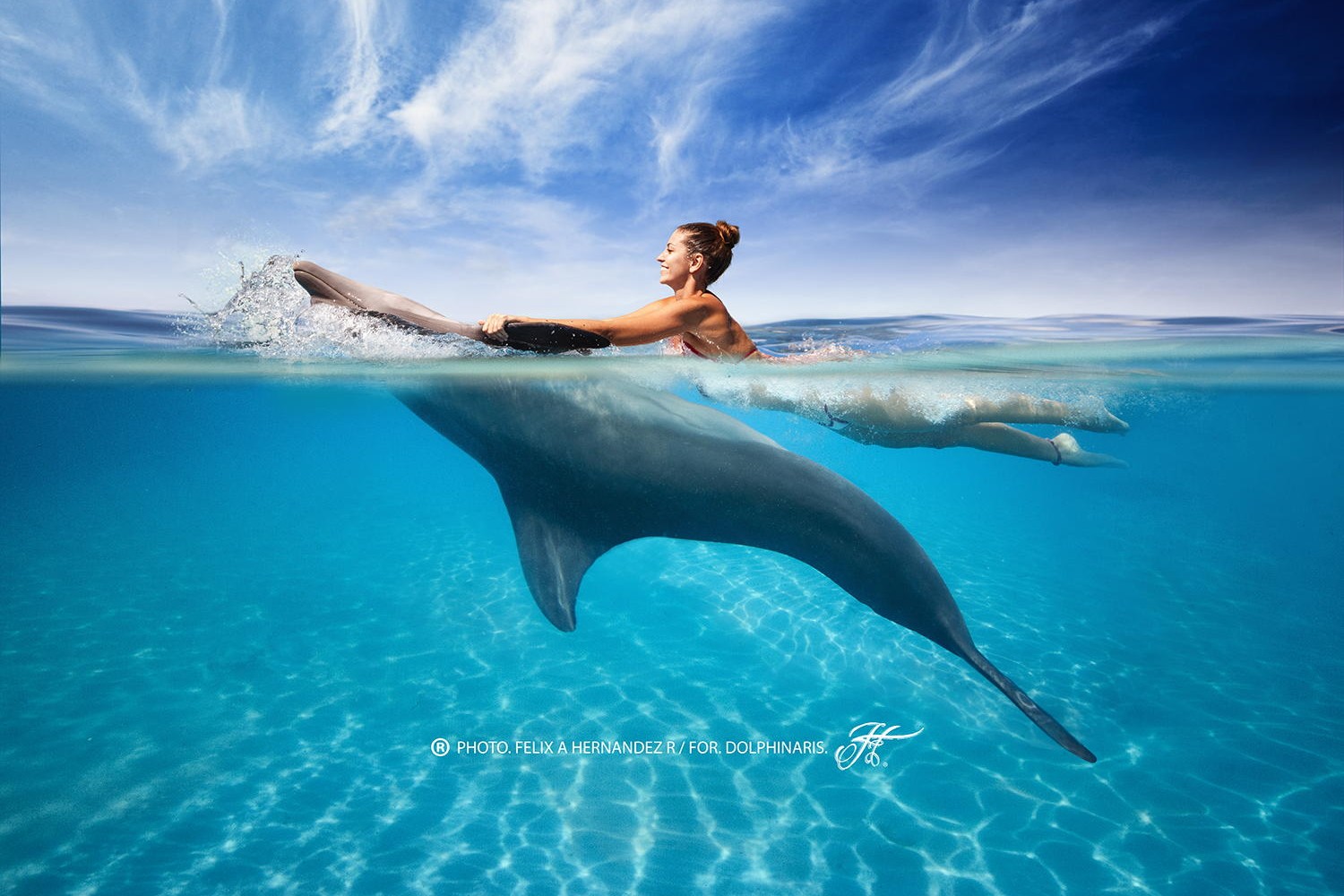

Leave a reply